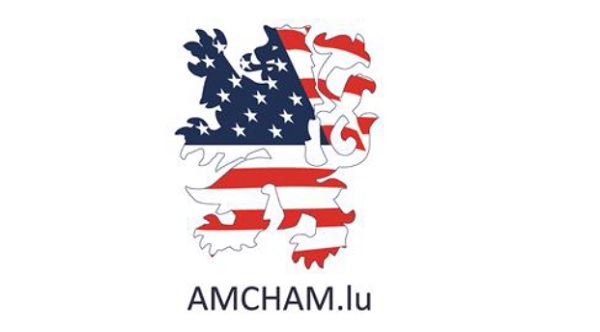 The Stone of Destiny lies in Edinburgh Castle before onward transportation to Westminster Abbey for the Coronation of King Charles III, in Edinburgh, Scotland, United Kingdom, 27 April 2023;
Credit: Reuters/Russell Cheyne/Pool
The Stone of Destiny lies in Edinburgh Castle before onward transportation to Westminster Abbey for the Coronation of King Charles III, in Edinburgh, Scotland, United Kingdom, 27 April 2023;
Credit: Reuters/Russell Cheyne/Pool
LONDON (Reuters) - The historic Stone of Scone, the ancient coronation stone upon which monarchs in the United Kingdom have been crowned for centuries, has left Scotland for London under tight security ahead of next week's coronation of King Charles III, officials said on Friday 28 April 2023.
Also known as the Stone of Destiny and regarded as a sacred, historic symbol of Scotland's monarchy and nationhood, it is being moved from its permanent home at Edinburgh Castle for the first time in more than 25 years, Historic Environment Scotland (HES) said.
HES, which looks after the stone - an oblong block of red sandstone, said it had worked with police and other agencies to ensure it "can be transported safely and securely", saying it was being taken in a special carrier constructed largely from Scottish oak.
It was removed from the castle on Thursday 27 April 2023 in a ceremonial procession involving Joseph Morrow, the Lord Lyon King of Arms and the monarch’s representative in Scotland, along with Scotland's First Minister Humza Yousaf, in his role as the Keeper of the Great Seal of Scotland, HES said.
"It is [...] a great responsibility to ensure the safe voyage and return of such an important national symbol, and one which has required the care, skill and expertise of a range of different specialist teams across our organisation," said Kathy Richmond, head of collections at HES.
The stone's origins are unknown, but it was believed to have been used in the inauguration of Scottish kings as far back as the early ninth century.
England's King Edward I seized the stone from the Scots in 1296, and it was incorporated into the Coronation Chair he ordered in 1308 for London's Westminster Abbey.
That chair has since been used in the coronation ceremonies of English and British monarchs since Henry IV in 1399.
On Christmas Day in 1950, the stone was taken by Scottish nationalists from Westminster but was recovered a few months later 800 km away on the high altar of Arbroath Abbey in Scotland.
However, it was officially moved to Scotland on a permanent basis in 1996 and will return there after Charles' coronation.








